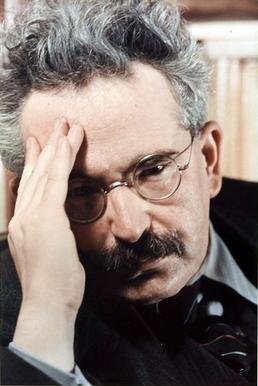Violence and the Middle East
There is no agreed upon definition or theory of violence
Subjective violence acts of intentional harm enacted by a person toward another
Objective or structural violence a disperse kind of violence that has no clear perpetrator.
Parsing subjective and objective violence from each other can be difficult

Typical images of suffering
One way of considering violence is to consider objective violence in everyday, less spectacular forms.

Arthur Kleinman
Psychiatrist and anthropologist
Bourgeois Life
Time crunch
spiteful children
spousal abuse
numbing of social solidarity
a loss of empathy
normalizing trauma
diminishing political solutions
Media Images
One way of considering violence is to consider objective violence in everyday, less spectacular forms.

Arthur Kleinman
Psychiatrist and anthropologist
Life under totalitarianism
stigmatization
feeling of neglect
Corporate and government lapse in judgement
A daily ethos of fear and hatred
psycho-social-geographic transformation
"eating bitterness"
Kleinman widens the scope under which we view violence.
"Wheresoever power orients practices--and that is everywhere--there is violence.That is to say, social power is responsible for (and responds to) relevance and exigency. Hierarchy and inequality which are so fundamental to social structures, normalize violence . Violence is what lends to culture its authoritativeness...Violence, thus, is crucial to cultural processes of routinization, legitimation, essentialism, normalization, and implication through which the social world orders the flow of experience within and between body-selves" p238
Walter Benjamin

Walter Benjamin
Critique of Violence
What Benjamin is not doing:
He is not engaging in a debate about when violence is justified or moral
he is not engaging in a debate about who has the right to use violence
Benjamin is not arguing from a belief in non-violence
Method:
Using European Law he seeks to critique violence from historic-philosophical view of law
- Violence is an inherent condition of human life. There can be no state, no resolution of conflict with violence.
- For Benjamin the argument of non-violence in conflict is fundamentally incorrect.
"Violence when not in the hands of the law, threaten it not by the ends that it may pursue but by its mere existence outside of the law"
Case Study 1: The potential to strike by organized labor
The state gives organized labor the right to strike.
Violence understood to be an act of extortion
"More specifically, such conduct, when active, may be called violent if it exercises a right in order to overthrow the legal system that has conferred it"

The striker becomes violent when he strikes in order to create a new law
"Law Preserving violence is a threatening violence"
Law preserving violence is deployed by the state to maintain law.


The Police
vested with both powers of law-making and law-preserving violence.
"Therefore the police intervene 'for security reasons' in countless cases where no clear legal situation exists, when they are not merely without the slightest relation to legal ends..." p 287
Violence as an expression of self. It is not a means to a particular end, it is a manifestation
Mythical violence

The story of Niobe and her children
Law-making
Violence
Law-preserving violence
Mythic
Violence
Divine
Violence
- Founds a new law
- Is power making
- a reaction to the law making violence of others. Seeks to reaffirm power/Law.
- the second function of violence , "violence as a means to the ends of the state"
- violence for the sake of man's sacredness and justice. Does not seek to promulgate new laws
Franz Fanon

- Concerning Violence from The Wretched of the Earth
- Trained as a psychiatrist and in his works he melds psychoanalytical analyses of race with the politics of the day
- writing during a period in which many demand self-determination.
Sykes-Picot 1916
- Went against promises to Sharif Husayn
- Divided the region from southern anatolia to Iraq between the British and the French.

Balfour declaration
November 1917
Arthur Balfour promised to Lord Rothschild that Britain would support Jewish settlement in Palestine.
The Ottoman Empire formally ends:
Treaty of Sevres 1920
- Iraq made into a new state
- Kurds given autonomy
- Britain, Greece, France and Italy receive portions of the empire.
- Transjordan created a little later to appease upset over war betrayal

European control in the Middle East
From 1830-1962 the French established ruled in Algeria.
- France resettled large numbers of french citizens in the country
- established a legal system that economically and politically favored colons.
colonialism resulted in internal displacement, institutionalized, racism, destruction of indigenous forms of law, exploitation of resources and pauperization of Algerians.
Massacre in philippeville (1955)
123 French killed by Algerian Guerrillas, French responded by indiscriminately firing upon Arabs. Death toll for Arabs in the thousands.
Algerian War for independence (1954-1962)
Created a refugee problem of 900,000 French Algerians Refugees
1.5 million Algerians killed
Franz Fanon is considering these issues in his chapter:
- what is real freedom/ independence
- radicalized perceptions of violence
- how violence structures our lives
- how the colonized subject can find and restore his or her: self, culture, history
- The trouble with colonized intellectuals and political go betweens
- analyses of the global political moment